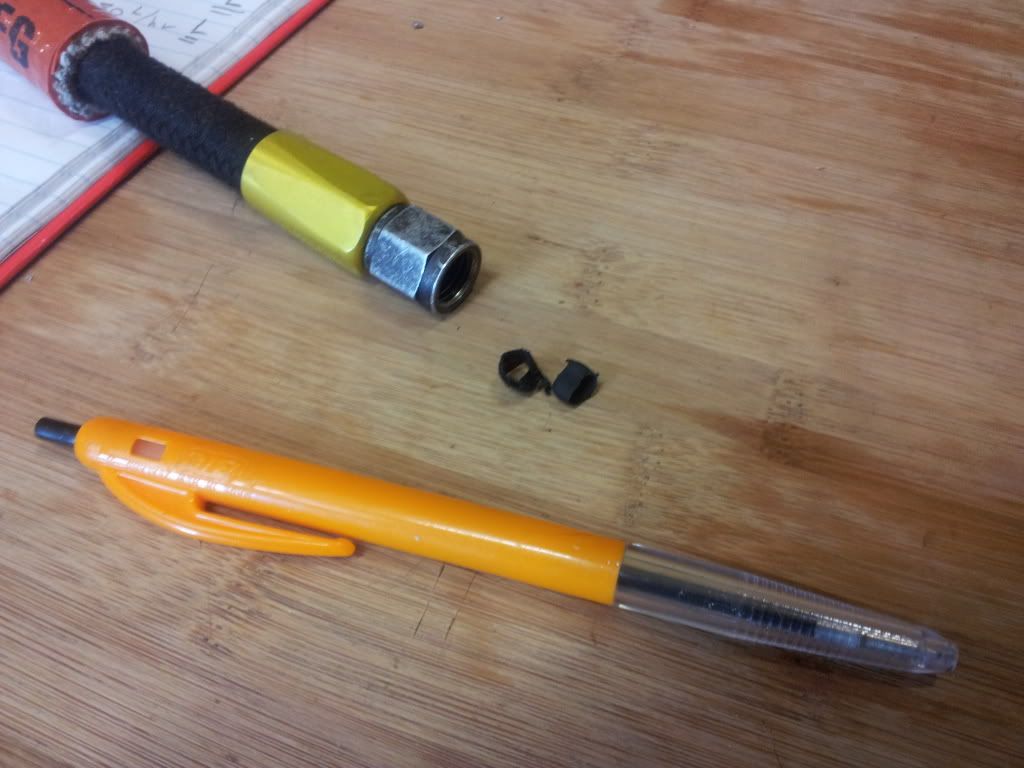Hey, so I have a problem and it's not clear to me what might be causing it. Maybe you can offer some experience?
The engine starts fine, second blade despite the fuel injection... runs fine at 1200 rpm or less, all indications normal.... when I open the throttle above 1200, it splutters and coughs and starts to die. Full throttle kills the engine but pulling back on the throttle quickly revives it. I have tried adjusting the mixture right on the edge of 1200 and nothing happens, maybe the slightest rise in RPM but not sure about that - it's within measurement error...
Any thoughts??
Jonathan
The engine starts fine, second blade despite the fuel injection... runs fine at 1200 rpm or less, all indications normal.... when I open the throttle above 1200, it splutters and coughs and starts to die. Full throttle kills the engine but pulling back on the throttle quickly revives it. I have tried adjusting the mixture right on the edge of 1200 and nothing happens, maybe the slightest rise in RPM but not sure about that - it's within measurement error...
Any thoughts??
Jonathan



Comment